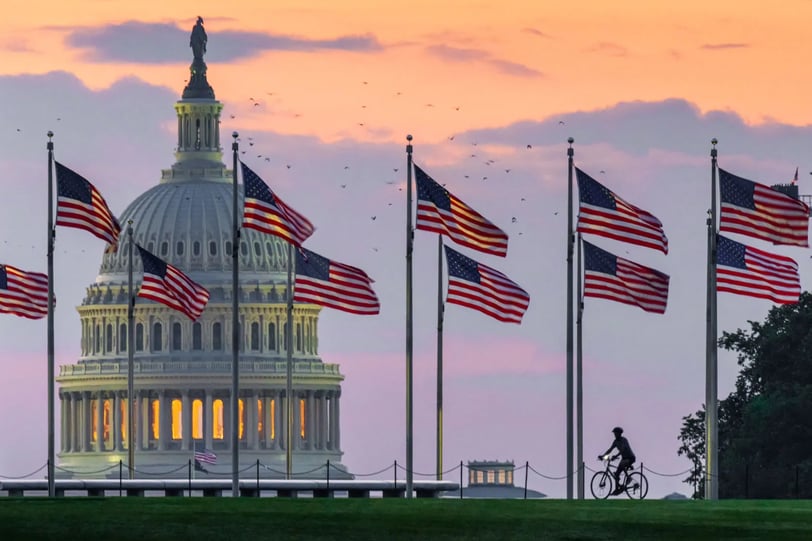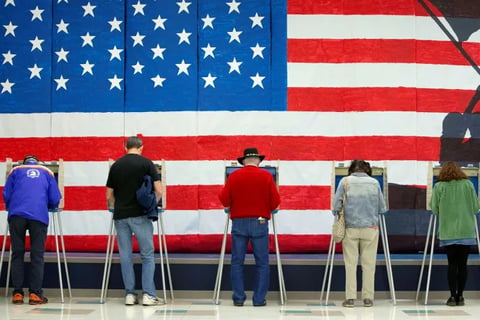US Presidential Elections
CURRENT AFFAIRS
Chandu B
10/23/20242 min read


The Birth of American Democracy:
The United States declared independence on July 4th, 1776, and the US held its first presidential elections in 1789 marking a new era in democratic governance. George Washington, who was respected for his leadership during the Revolutionary War was elected unanimously and hence became America’s first president. This election was unique—no political parties existed, and only 69 electors from 10 states participated. Washington's reluctance to serve and his limit of two terms set important precedents that would shape the presidency for generations to come.
Evolution of the Election Process:
In the 19th century, American democracy evolved rapidly. Although several parties emerged, two main parties dominated then and continue to do so now – The Democratic Party founded in 1828 and the Republican Party in 1854. By 1845, Congress established a uniform national election date—the first Tuesday after the first Monday in November—bringing consistency to the process. According to the 22nd Amendment of the Constitution, the president of the United States could serve two four-year terms.


Expanding the Franchise:
The history of American presidential elections is also one of increased voting rights. Initially, only white male property owners were allowed to vote. The 15th Amendment, ratified in 1870, banned racial discrimination in voting, and the 19th Amendment, ratified in 1920, provided women the right to vote. The 26th Amendment, ratified in 1971, reduced the voting age to 18, in part to address the Vietnam War draft. The Voting Rights Act of 1965 was a watershed moment that aimed to remove legal hurdles that prevented African Americans from voting, notably in the South.
The Modern Election Process:
Candidates announce their intentions and start campaigning far in advance. They next face a series of state primaries and caucuses in which voters select their party’s presidential nominee. National conventions validate these nominees, paving the way for the main election campaign. During this time, candidates travel across the country, participating in debates and rallies. Political analysts sometimes refer to the "October Surprise"—last-minute developments that could significantly alter the election's outcome in November.


The Electoral College:
At the heart of presidential elections lies the Electoral College system. Each state is allocated electors based on its population and total number of representatives it sends to Congress. With 538 total electors, a candidate needs 270 to win the presidency. The people then vote for the presidential candidates in each state. Most states employ a "winner-take-all" system, where the candidate who wins the state popular vote receives all that state's electoral votes. This system has led to presidents being elected despite not winning the national popular vote as few states with large number of electors can swing the entire national election. This happened in 2016 when Trump won only 46% percent of the vote compared to Hillary’s 48% but still won the election as he won more electoral seats.
